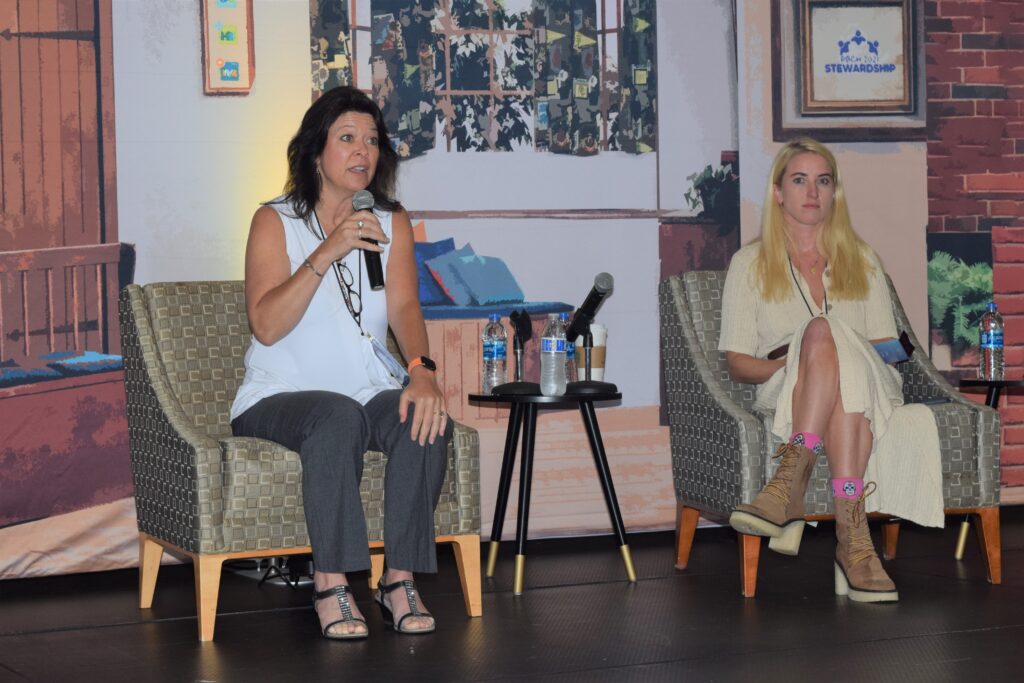
Looking at employee demographics and recognizing social determinants based on that population is key for employers when creating operational strategies, and perhaps most important, when building company benefits packages.
Christina Bell, Director of Programs with the Pittsburgh Business Group on Health (PBGH) recently moderated an Employer Strategy and Social Determinants of Health panel discussion at the PBGH Health Care and Benefits Symposium on September 9. Joining her at the table were Tammy Fennessy, director of benefits at American Eagle Outfitters and Elizabeth Colyer, senior vice president at Sharecare.
Acknowledging the challenges faced due to COVID-19, Fennessy cited committed support from their lowest wage earners while transitioning operations during the pandemic. “These employees kept us running and we wanted to know more about them,” said Fennessy. Deemed as essential workers, this group was recognized as vulnerable and faced increased risks. Those essential workers needed to be brought into the conversations.

Colyer referenced her research during this same period. Her take-aways included four main insights related to racial and ethnic groups, benefits status, income/salary, and the social determinants against the first three insights. However, it was noted that the data is simply the starting point. It needs to be shared along with recommendations so the people affected will receive positive impact and outcomes.
Discussion centered on employers not feeling connected to their employees due to cultural differences. In the case of AEO, the vast number of employees at their distribution centers are Hispanic and Latinx. In determining how employees could receive needed support, focus was placed on high risk factors including healthcare access and outcomes, medical personnel and their ability to tackle language barriers, and transportation to and from work.
Lessons learned included the need to get employees involved in designing benefits packages to identify what they want outside of the traditional inclusions. For example, English as a Second Language offered at work and in their community. Also identified was the importance of utilizing insurance providers to meet the needs such as materials printed in English and Spanish, and better access to vaccine clinics.
As part of their effort in breaking down financial barriers to access quality healthcare, Health Care Centers are scheduled to open this October in both of AEO’s distribution centers. Health coaches will be on site and non-acute services, along with vaccines and testing, will be covered at 100% regardless of benefits participation. AEO representatives are also working with the local port authority and community leaders to create bus stops near employee neighborhoods making the work commute easier.
The improvement process will continue, the panelists agreed, to evolve with additional input gathered and actions taken to ensure a safe and healthy environment for the workforce and their families.
Post a Comment